Know the difference between PTE and IELTS. Check what are the main distinguishing elements, how to convert the score, and score calculation for PTE and IELTS.
Table of Contents
Pearson released a December 2020 report which stated that PTE candidates would require a higher score to be equivalent to IELTS (from IELTS Band 7.0 to IELTS Band 9.0). This officially makes IELTS slightly better than PTE.
But first, we must understand what the difference is between PTE and IELTS. For starters, PTE is a computer-based test (CBT), while IELTS is a paper-based test (PBT). Verbal tests are done via the computer, and a face-to-face discussion with an examiner, respectively. This article will walk you through the differences, explaining which one is easy, how to calculate their scores, how to convert from one to another, and much more.
PTE vs IELTS Basic Comparison
The following points will give you a good idea on the differences between both PTE exam and the IELTS exam. Any additional queries related to the comparison between these tests will be answered below this section.
We’ll walk you through what sort of scoring they undertake, what the price of admission is, what sort of format each of the tests follows, how long the tests are conducted for, by whom the scores you obtain in these tests are accepted, how fast the results for your tests is made available to you, and any other implicit differences that may still be there between them.
PTE vs IELTS Price Details
The only difference between the prices of PTE and the prices of IELTS is that PTE charges extra for late bookings.
The total price for IELTS booking comes up to USD 375 and does not charge any extra fee for late bookings. PTE charges USD 375, but if a seat is booked beyond the accepted date, then you will be charged USD 395.
PTE vs IELTS Test Format
As mentioned above, PTE is undertaken as a CBT, while IELTS is undertaken as a PBT. However, each test has its own format, and they work in different ways. The PTE Academic format is comparable to IELTS’ General Training format, but not the IELTS Academic Test format. So, “is PTE easier than IELTS?” Yes. But IELTS is better than PTE in terms of what it can provide you.
PTE Academic measures the candidate’s skills based on tasks that have academic relevance. It helps determine if they can use the English language for studies abroad or even immigration.
The IELTS format is divided into two formats:
- The IELTS General Training: This features conversational English in a social and professional environment, and is useful for anyone who wishes to apply for secondary education, or work experience, in an English-speaking country.
- The IELTS Academic Test: This features academic English, and is fitting for those who wish to pursue higher studies or professional registration in English-speaking countries.
PTE vs IELTS Verbal or Speaking Test
The IELTS speaking test is done via a face-to-face discussion with the examiner. The examiner will conduct the discussion with the candidate in a private room with no other test-takers. If the candidate requests it, then the questions that are asked to them may be repeated.
The PTE speaking test is done through a computer in an academic environment, wherein the candidate will be required to read their transcript aloud in a booth, along with the other test-takers in the room. If the candidate is silent for more than 3 seconds, then the microphone they are using will be switched off.
PTE vs IELTS Score Calculation
The PTE scores are marked using machines, which generate a score with the help of an automated scoring system. Since the breakdown of the score is rather comprehensive, we highly recommend reading through their supportive guide for a deeper understanding of how the marks are calculated.
In contrast, the IELTS writing and speaking tests are invigilated by global experts on the English language. However, the only tests marked by an automated system are the Reading and Listening tests. The following information will give you an insight into how the IELTS scores are calculated.
To provide an example of how they calculate the IELTS score, they calculate the cumulative scores for all the tests and provide an overall average band score. This band score is the average of the four tests (or components) and is rounded to the nearest number.
For instance, if the average of the components ends with a decimal value of .25, then the band score will be rounded to the ‘next half band’. The following example will help you understand:
Reading 5.75 + Writing: 5 + Speaking: 4.5 + Listening: 5.75 = 21; 21 4 (components) = 5.25; Round: 5.5
An average four-component score ending with a decimal value of .75 will round it to the ‘next whole band’. Here’s a demonstration:
Reading: 3.5 + Writing: 2.0 + Speaking: 3.0 + Listening: 3.0 = 11.5; 11.5 4 = 2.875; Round: 3.0
If the average is below either of them, then the overall score is rounded down. In the demonstration below, you can see that the rounded value is 6.0 because the last three decimal digits (5.125) are smaller than the decimal value in the first example (5.25). We’ve provided a demonstration below:
Reading: 2.5 + Writing: 4.5 + Speaking: 7.0 + Listening: 6.5 = 20.5; 20.5 4 = 5.125; Round: 5.0
We also recommend you to read up on their band task descriptors for writing (both Task I and Task II) as well as speaking, to look into what tasks are considered important towards mark obtainability.
The following tables give an idea of how both the IELTS reading and listening tests are marked:
| IELTS Listening Test | IELTS Reading Test | ||||
|---|---|---|---|---|---|
| Raw Score (of 40) | Band Score | Academic Reading | General Training Reading | ||
| Raw Score (of 40) | Band Score | Raw Score (of 40) | Band Score | ||
| 16 | 5 | 15 | 5 | 15 | 4 |
| 23 | 6 | 23 | 6 | 23 | 5 |
| 30 | 7 | 30 | 7 | 30 | 6 |
| 35 | 8 | 35 | 8 | 34 | 7 |
| 38 | 8 | ||||
PTE vs IELTS Acceptance
PTE is largely accepted for academic applications, wherein global academic programmes use it to grant students admissions and are used as a verification method for migration applications, such as obtaining an Australian student visa. Over the years, it has quickly gained the benefit of association with global professional businesses for registration and employment assessment.
In comparison to it, the IELTS test is accepted by more than 10,000 organisations on a global scale. This includes universities, professional businesses, as well as governmental applications, including cross-country travel and Australian visa applications. What’s more, is that the IELTS General Training test is the only non-academic assessment used as a general verification tag for migration purposes in Australia.
IELTS vs PTE Test Penalties
PTE is rather rigid about their tests, in that you would be required to finish the question before moving ahead with the next one. Also, any mistakes made must be corrected at that time before moving to the next question anyway.
IELTS is more lenient in this regard, however, it is only accepted in the computer-based sections. The questions for which you are not sure of the answer can be skipped temporarily. You can go back to the question anytime to either finish it or recheck the answers you’ve given.
IELTS vs PTE Results
The IELTS comes up to a total of 170 minutes (roughly 2.8 hours). Each section takes a considerable amount of time to finish. In the four sections:
- Both the writing and reading sections each take up 60 minutes (individually 1 hour, so 2 hours in total)
- The listening section takes up a total of 30-35 minutes (half an hour)
- The speaking section takes up the least amount of time; 15 minutes
The IELTS results are published within 2 to 5 days after finishing the test.
The PTE test takes up between 145 and 190 minutes to finish fully (approximately 3 hours). The PTE test is divided into three parts:
- Part 1 takes up 70-90 minutes and consists of writing and speaking
- Part 2 takes up 30-40 minutes and is all about reading
- Part 3 takes up around 45-60 minutes
The PTE results are published within 5 business days after finishing the test.
PTE to IELTS Conversion
The PTE score is equivalent to IELTS scores, but as stated in the above points, IELTS gives more leeway for students to obtain opportunities thanks to the worldwide recognition and reputation it carries.
Still, PTE provides a higher score-precision than IELTS. If you’d like to know how you could convert your PTE score to IELTS score, then the following table should give you a basic idea on what the PTE equivalent of IELTS is.
| IELTS Band | PTE Scores |
|---|---|
| 9 | 86+ |
| 8.5 | 83 - 85 |
| 8 | 79 - 82 |
| 7.5 | 73 - 78 |
| 7 | 65 - 72 |
| 6.5 | 59 - 64 |
| 6 | 51 - 58 |
| 5.5 | 43 - 50 |
| 5 | 35 - 42 |
| 4.5 | 30 - 34 |
| 4 | 23 - 29 |
If there are any questions you have regarding the information presented in this article, feel free to put your thoughts in the comments section below, and we’ll look into it right away!

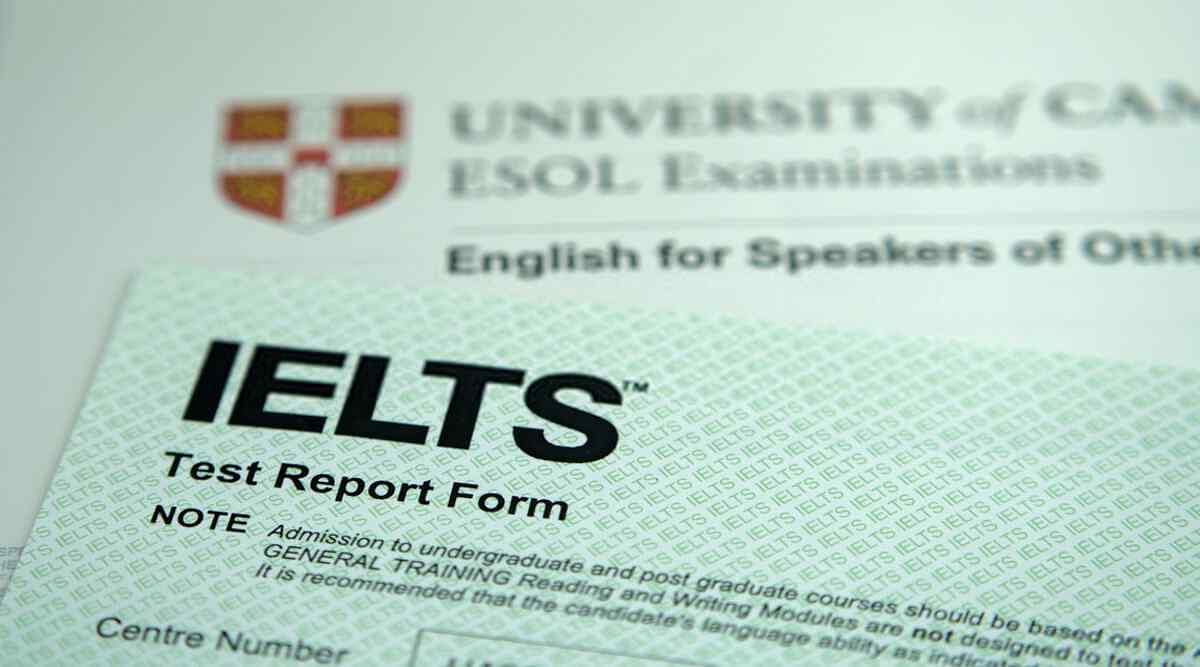

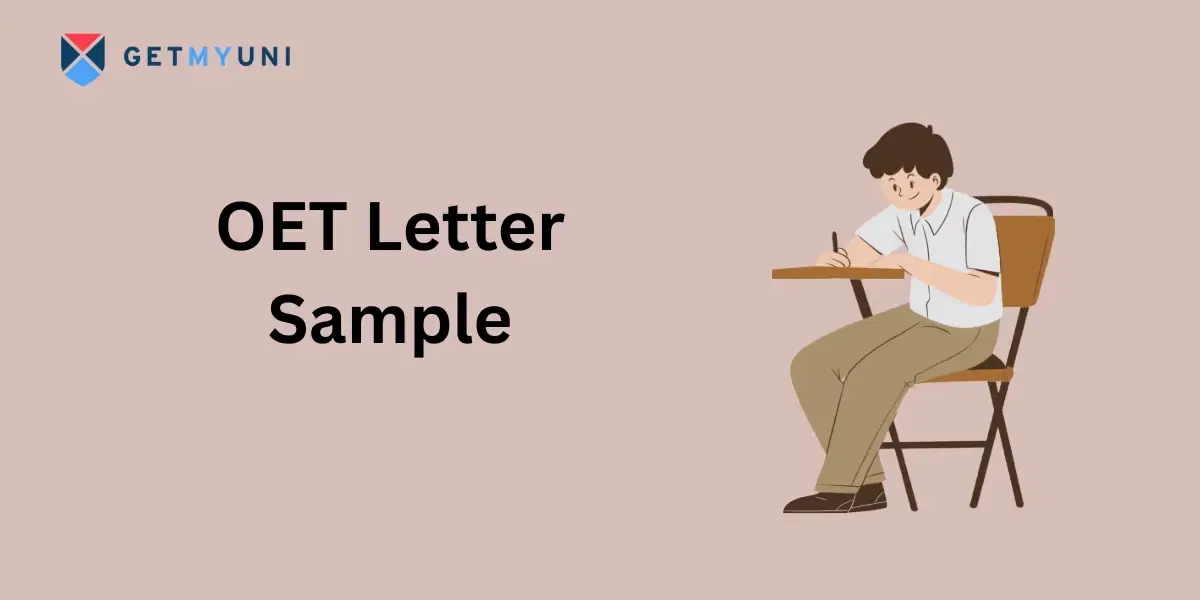



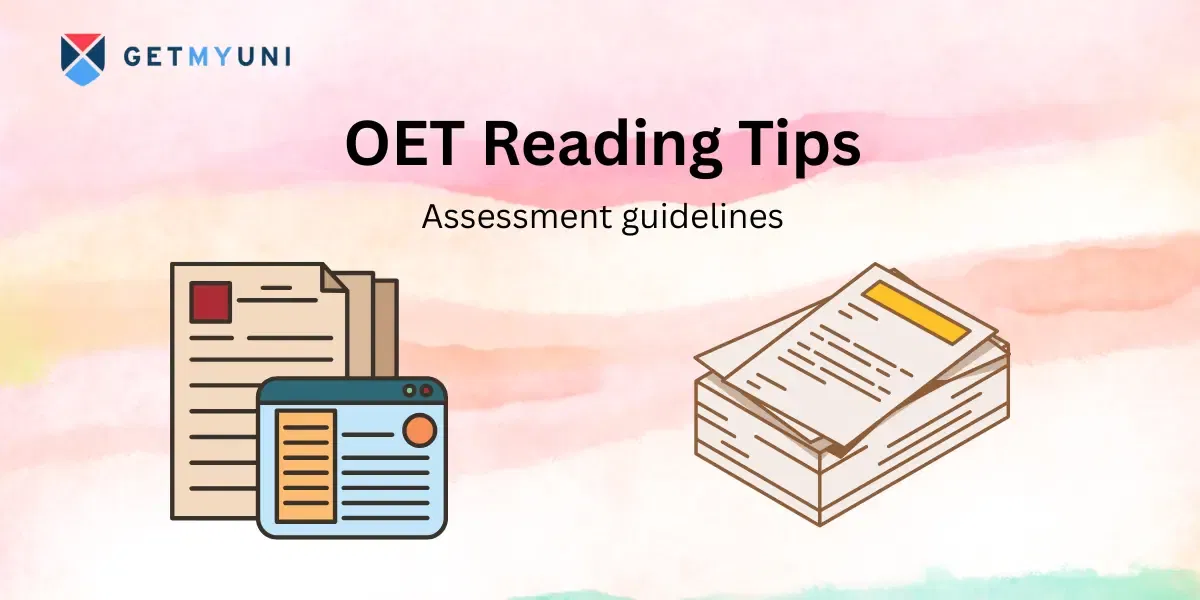






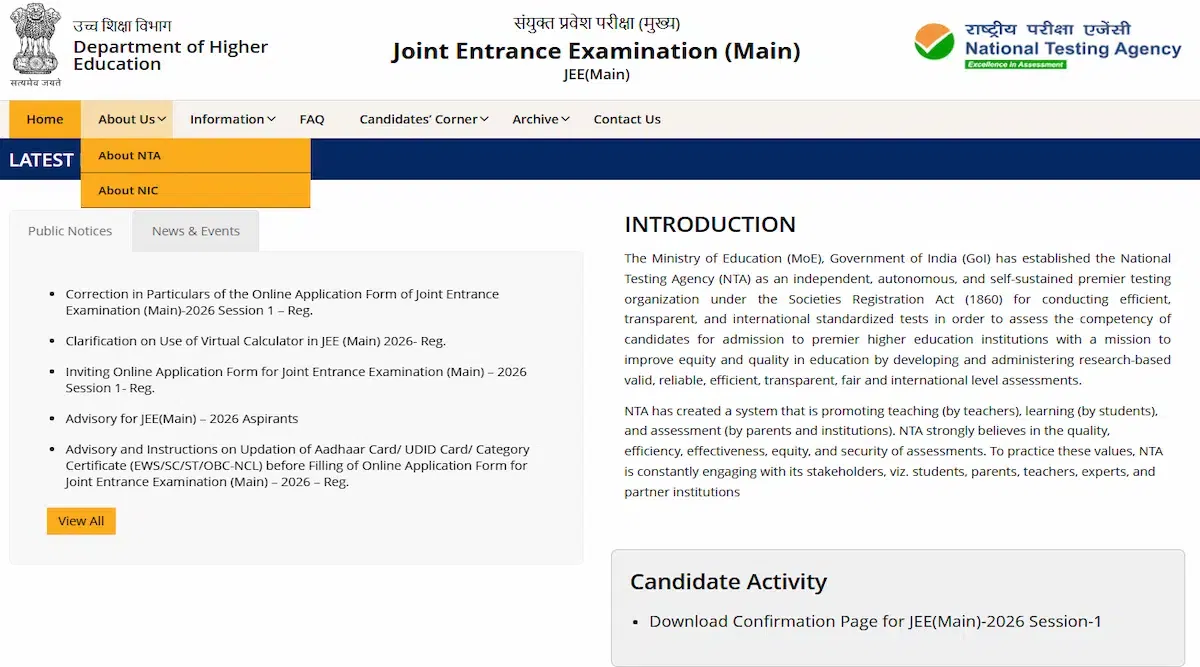
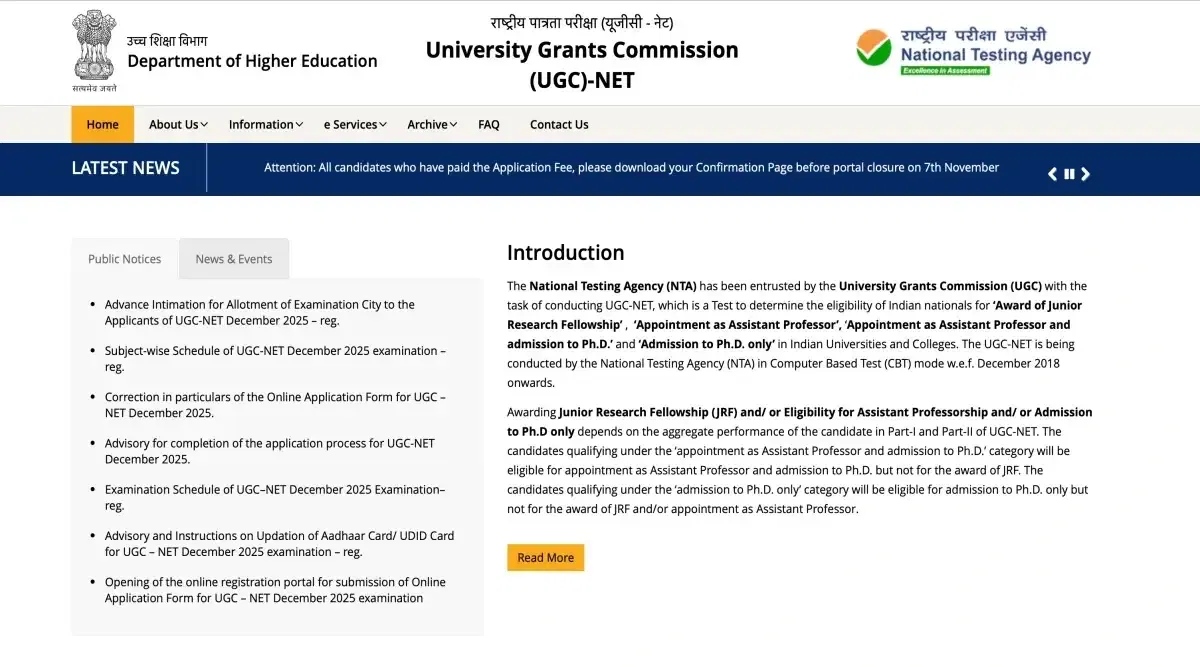




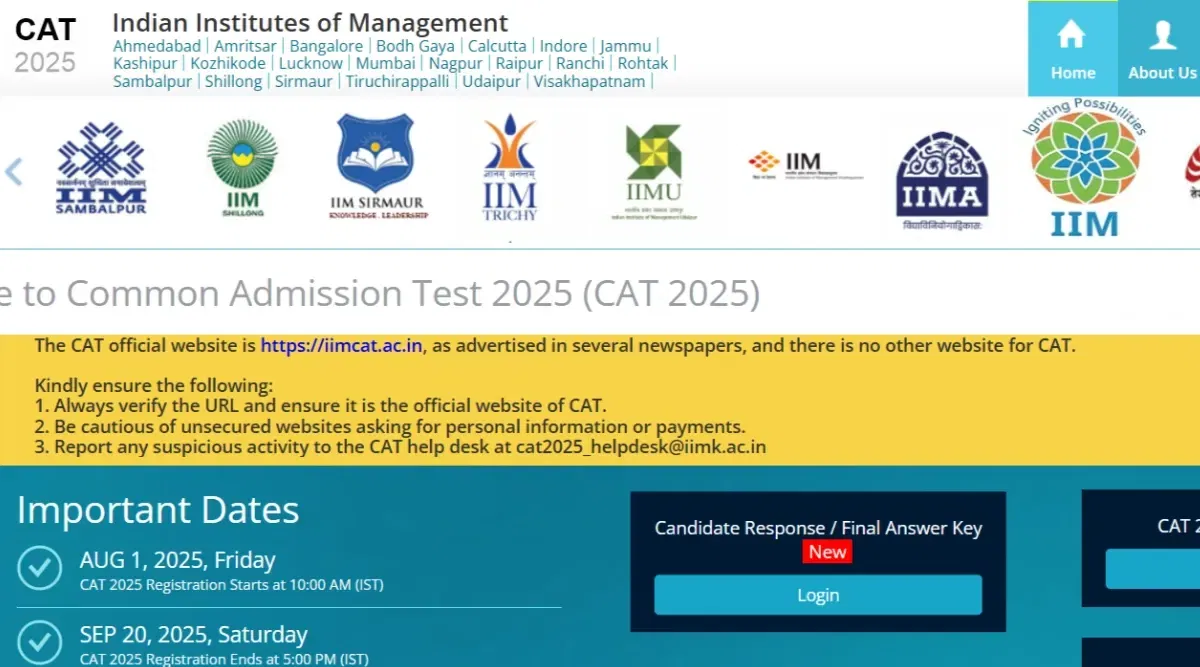


POST YOUR COMMENT